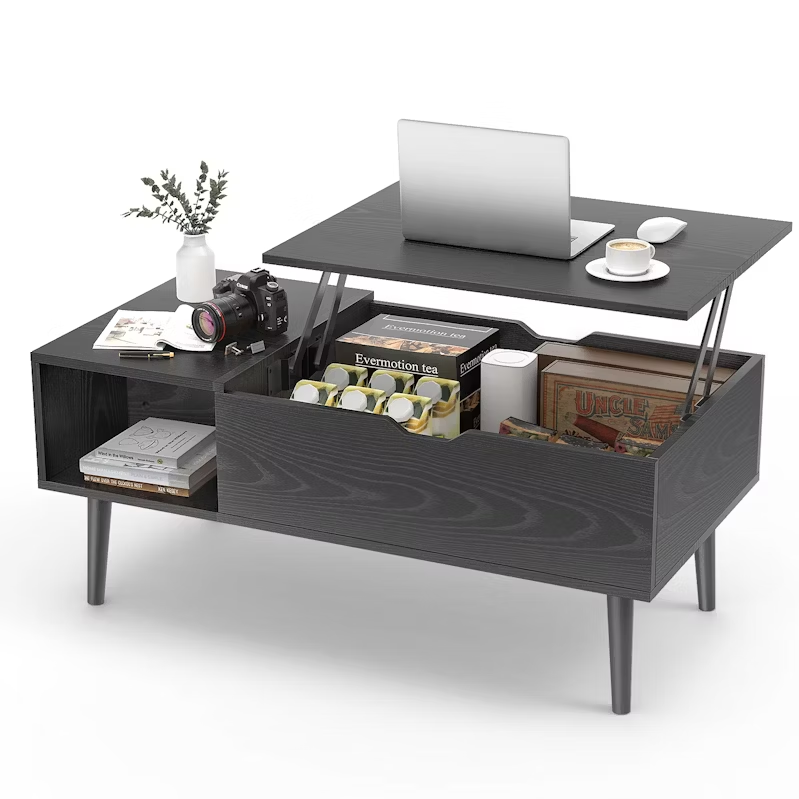In the last decade, a quiet revolution has been unfolding across dense cities in the Western hemisphere. From New York and Los Angeles to Toronto and Vancouver, young professionals and students have been rethinking the way they live—and more crucially, the way they work and study inside small, often limiting apartments. At the heart of this movement stands an unassuming yet powerful symbol: the MUJI minimalist desk.
The MUJI minimalist desk isn’t just a piece of furniture. It represents a cultural bridge, a design philosophy, and a lifestyle aspiration imported from Japan’s deep-rooted minimalism ethos. In the West, where large suburban homes once dominated the dreamscape, the recent generations have started to value small, efficient urban apartments for their accessibility and environmental sensibility. And within these compact spaces, every object demands a reason to exist.
Historically, Japan’s approach to interior design has always prioritized simplicity, function, and mindfulness. Traditional Japanese homes made use of tatami mats, shoji screens, and multi-functional furniture long before the concept of “small space living” became fashionable globally. The idea of liminal spaces—areas that are transitional yet meaningful—has always played a vital role in Japanese architecture and interior philosophy. This perspective made its way to Western design thinking, transforming not only aesthetic sensibilities but also mental frameworks for living.
The rise of MUJI’s minimalist desks in North America and Europe is a testament to this cultural export. These desks, crafted from light oak or white-lacquered surfaces, embody silence and visual calm. Their unassuming silhouettes invite the inhabitant to breathe, declutter, and focus. As urban apartments in Western cities continue to shrink in square footage due to skyrocketing housing costs, particularly in cities like San Francisco, Boston, and Toronto, residents are forced to reimagine their interiors. Rather than cramming large, heavy desks into a corner, they now opt for airy, light-filled workstations that merge seamlessly into living spaces.
This shift mirrors larger societal changes. Post-2020, remote work and hybrid models became permanent features of professional life. People needed spaces that could morph from study corners to Zoom meeting backdrops to evening journaling stations. The MUJI minimalist desk, with its clear lines and modular possibilities, quickly became the darling of design-conscious city dwellers who seek to harmonize function with beauty.
Furthermore, the appeal of MUJI desks lies in their ability to carve out liminal spaces within small apartments. A liminal space, in psychological and architectural terms, is one that serves as a threshold between two different states. In an apartment that doubles as a living room, kitchen, and bedroom, creating a sense of spatial transition is crucial. The MUJI desk is not just a desk—it’s a soft boundary that allows inhabitants to step into a mindset of focus and intentionality.
On Instagram, hashtags like #mujiroom, #minimalistworkspace, and #cleanstudycorner have exploded in popularity, especially among Asian-American and Asian-Canadian creators who blend cultural heritage with modern living solutions. Pinterest boards are overflowing with delicate setups: a single oak MUJI desk facing a window, accompanied by a slender lamp, a potted plant, and a solitary notebook. YouTube tours of “tiny NYC apartments” often highlight these desks as centerpieces of serenity amidst urban chaos.
Affordability is another significant factor driving this trend. While MUJI furniture isn’t the cheapest option on the market, its longevity, timeless design, and quality materials make it a cost-effective choice in the long run. In contrast to trend-based, disposable furniture that needs replacement every few years, a MUJI desk stands the test of time both stylistically and structurally. As Western millennials and Gen Z become increasingly conscious of sustainability and environmental footprints, investing in versatile, long-lasting pieces feels more aligned with their values.
The symbolic power of the MUJI desk also lies in what it suggests about the future of home life. In cities where the dream of owning a spacious home with multiple dedicated rooms has become unattainable for many, the MUJI desk offers a new form of aspiration: to live beautifully within limitations. Instead of striving for more space, the focus shifts toward better space—space that supports mental clarity, creativity, and peaceful coexistence with one’s environment.
The concept of “liminal living” echoes throughout this movement. As people move through different life stages, from single living to partnerships, from young adulthood to remote working parenthood, the ability to adapt living spaces becomes essential. MUJI desks can be reimagined from study tables to craft stations, from makeshift dining spots to children’s homework zones. In every iteration, they continue to provide a quiet backdrop that enhances the occupant’s daily rituals.
Furthermore, the minimalist desk trend is not an isolated phenomenon but part of a larger shift toward “super normal” design—a term coined by Japanese industrial designer Naoto Fukasawa and British designer Jasper Morrison. This philosophy celebrates ordinary, essential objects that serve their purpose without excess flourish or decoration. The MUJI desk embodies this ideology perfectly, standing as a silent witness to the ebb and flow of daily life without dominating the space or imposing itself on the user.
Beyond individual apartments, this trend is influencing larger architectural and urban design thinking. Developers are now designing micro-units and co-living spaces that integrate designated “focus zones” rather than full-sized offices. Furniture that encourages a seamless transition from one activity to another without mental clutter becomes a key selling point. In turn, this shapes how entire communities approach shared living and communal mental health.
A notable aspect is the emotional resonance these desks generate. In an era marked by overstimulation and constant digital noise, creating a serene physical environment offers a counterbalance. The MUJI minimalist desk becomes a physical manifestation of the mental boundaries we need—one that encourages mindfulness, intention, and restfulness.
In conclusion, the popularity of MUJI minimalist desks in the Western hemisphere signifies more than a furniture trend. It is a cultural shift that intertwines history, design philosophy, and practical necessity. It invites urban dwellers to rethink their relationship with space, to embrace liminality as a source of creativity and balance, and to find peace within the compact footprints of modern city living. As more people trade suburban sprawl for central city buzz, these desks stand quietly, offering not just a place to work, but a place to be.
No comments yet.








